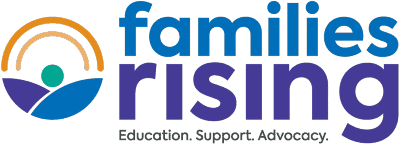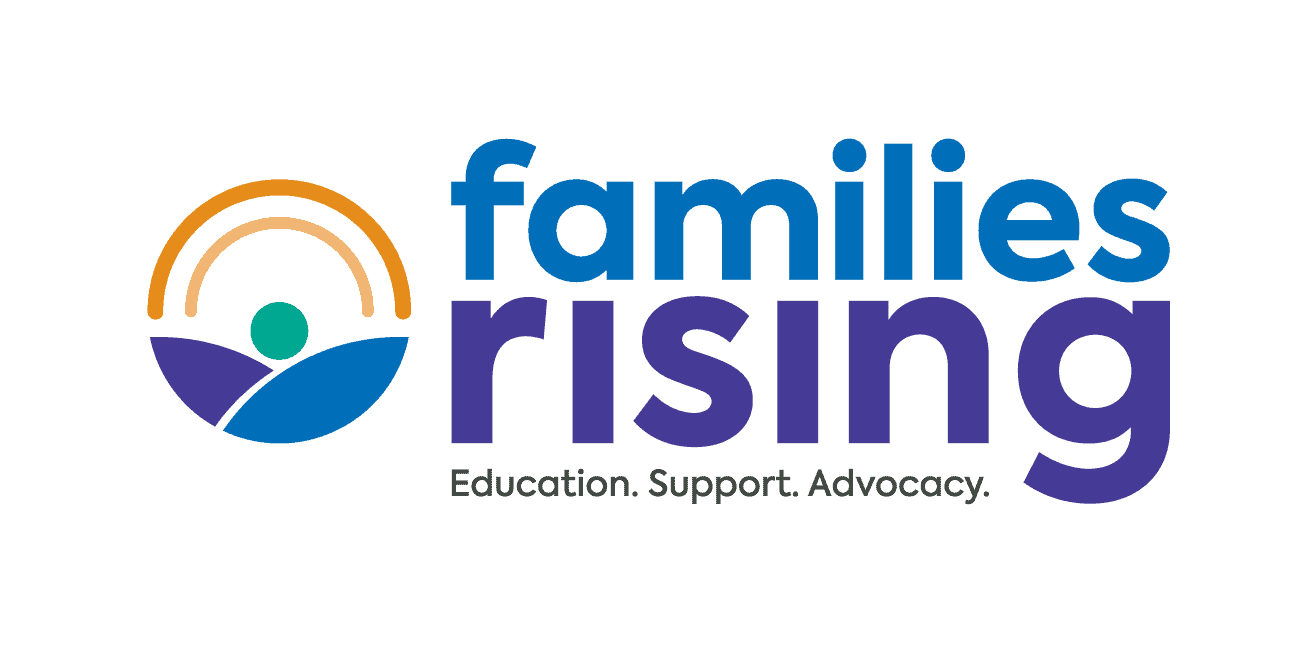
Families who receive adoption assistance payments for their children often have questions about how adoption assistance interacts with other financial support programs. Because adoption assistance is not considered taxable income by the IRS*, families may think that it will not count as income for other government programs. But each program is different and many do count adoption assistance—or a part of it—as income. Below we share information about some common support programs.
Section 8 Housing Program — $480 per child per year of adoption assistance is counted as family income.
Source: The HUD Occupancy Handbook, accessed March 2015, states, “Adoption assistance payments in excess of $480 are not counted” in determining annual income. http://portal.hud.gov/hudportal/documents/huddoc?id=43503c5HSGH.pdf (accessed April 2015)
Free Application for Federal Student Aid (FAFSA) — Foster care or adoption assistance payments are not considered income. Note that for young people who were in foster care at age 13 or older, adoptive parents’ income is not counted at all. These youth file as independent students.
Source: In the 2015-2016 FASFA application, this language is on line 45. c. Student’s Untaxed Income and 94. c. Parent’s Untaxed Income. https://fafsa.ed.gov/fotw1516/pdf/PdfFafsa15-16.pdf (accessed April 2015)
Filling out the FAFSA Chapter 2, this language is on page AVG-18.
https://ifap.ed.gov/sfahandbooks/attachments/0102AVGCh2appquestions.pdf (accessed April 2015)
Supplemental Nutrition Assistance Program (SNAP or food stamps)— Adoption assistance is included in family income calculations. The law specifically prohibits states from excluding adoption assistance payments in income calculations.
Source: Code of Federal Regulations, 7 CFR 273.(c)(19)(iii) states, “The State agency shall not exclude: … Benefits under Title I, II, IV, X, XIV or XVI of the SSA, including supplemental security income (SSI) benefits, TANF benefits, and foster care and adoption payments from a government source;” http://www.gpo.gov/fdsys/pkg/CFR-2011-title7-vol4/xml/CFR-2011-title7-vol4-sec273-9.xml (accessed April 2015)
National School Lunch and Breakfast Program — Adoption assistance is considered part of the family’s income. All children in foster care are automatically eligible for the program. Children adopted from foster care during the school year will remain eligible for the year because determinations are done on an annual basis. In the new year, the eligibility determination will be based on the adoptive parents’ income, including any adoption assistance payments..
Source: Eligibility Manual for School Meals: Determining and Verifying Eligibility states, “ An adopted child for whom a household has accepted legal responsibility is considered to be a member of that household. If the adoption is a ‘subsidized’ adoption, which may include children with special needs, the subsidy is included in the total household income.” (See Part 4D: Questions and Answers.) http://www.fns.usda.gov/sites/default/files/cn/EliMan.pdf (accessed April 2015)
Low Income Home Energy Assistance Program (LIHEAP or heating or cooling assistance) — For this program, the answer depends on each state agency’s rules on excluding income. Families whose members participate in certain other benefit programs, such as the Supplemental Nutrition Assistance Program (SNAP), Supplemental Security Income (SSI), Temporary Assistance for Needy Families (TANF), or certain needs-tested veterans’ benefits may be automatically eligible.
Although we do not know every state’s rules, we do know that Alabama, Alaska, and New Hampshire do count adoption assistance as income for their state LIHEAP programs. (If you know your state’s rules, please email adoption.assistance@wearefamiliesrising.org, and we’ll add it to this fact sheet.)
Bankruptcy (Chapter 7 or 13) — Adoption assistance is not included as income if it is Title IV-E or Title IV-B funded. If the adoption assistance agreement is state or non-IV-E funded, then it should be included as income.
Sources: Chapter 7 Form B 22A1, Statement of Your Current Monthly Income, line 10, Income from all other sources not listed above — “Do not include any benefits received under the Social Security Act ….” http://www.uscourts.gov/forms/bankruptcy-forms (accessed April 2015)
Chapter 13 Form B 22C1, Statement of Your Current Monthly Income, line 10, Income from all other sources not listed above — “Do not include any benefits received under the Social Security Act ….” http://www.uscourts.gov/forms/bankruptcy-forms (accessed April 2015)
*Revenue Ruling 74-153, which is mentioned at http://www.irs.gov/pub/irs-wd/10-0243.pdf, notes that state payments to adoptive parents for the support and maintenance of their adoptive child are general welfare payments not includible in the recipients’ gross income.
For more information, contact Families Rising Adoption Subsidy Resource Center at 800-470-6665, 651-644-3036 or adoption.assistance@wearefamiliesrising.org.
The Center is funded in part by the Dave Thomas Foundation for Adoption.


